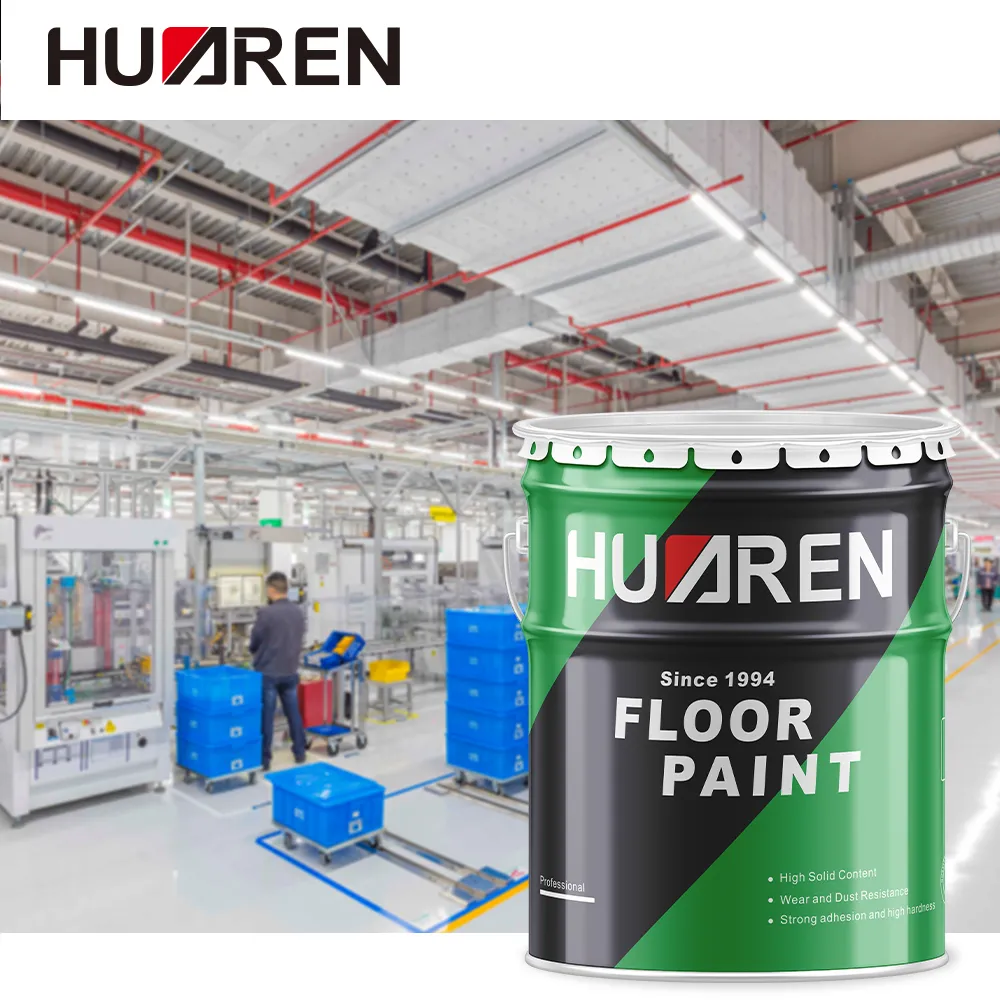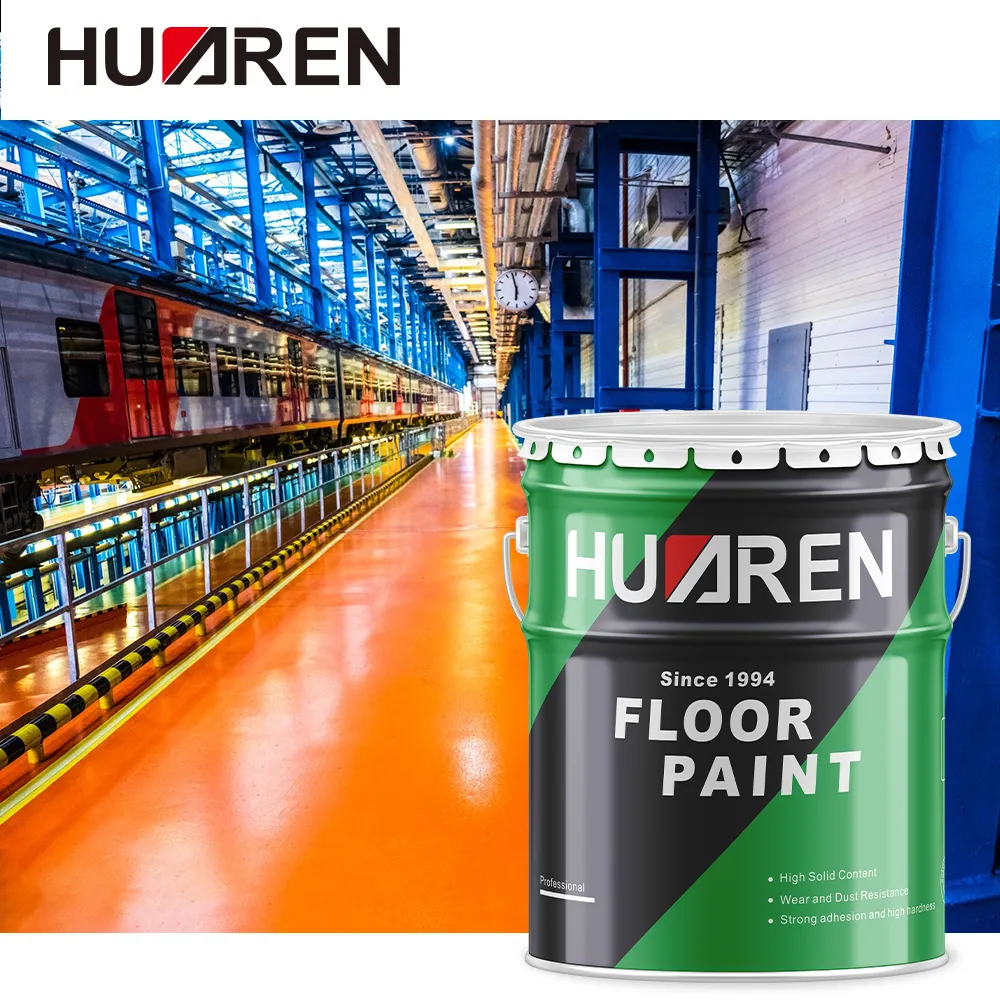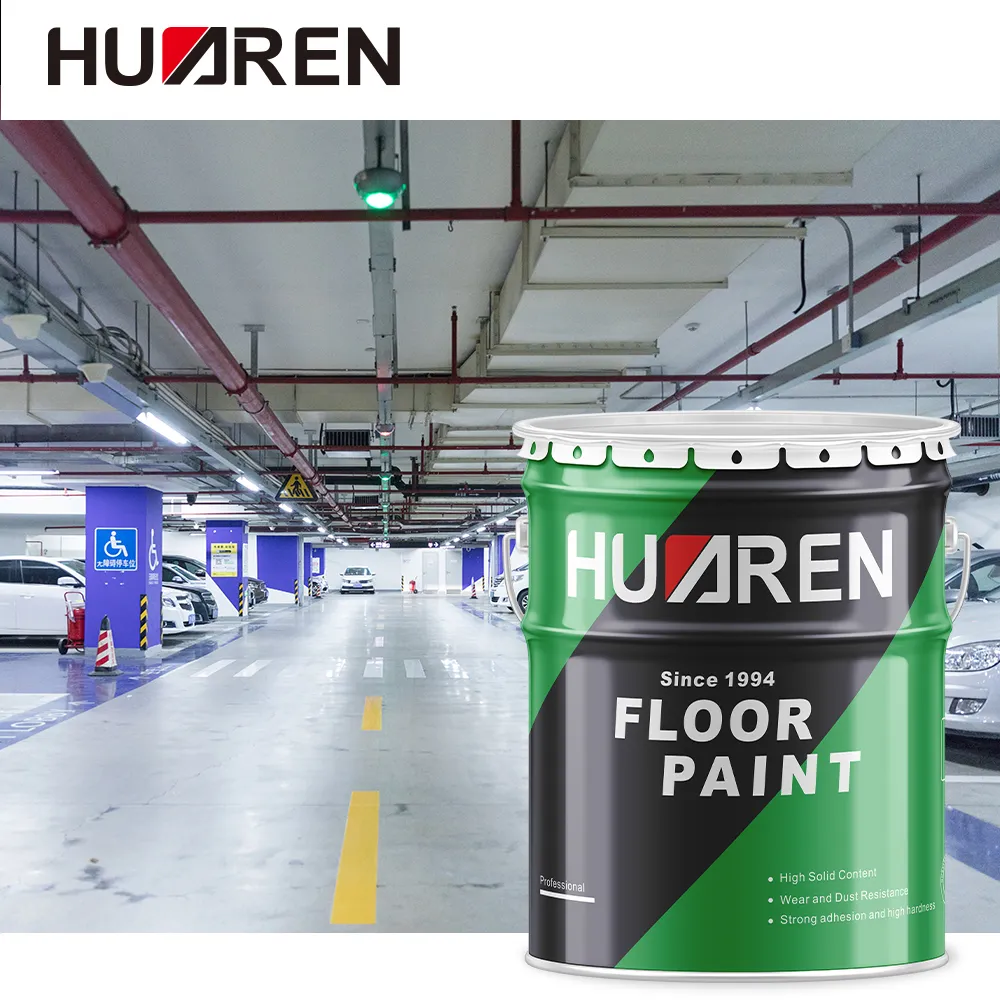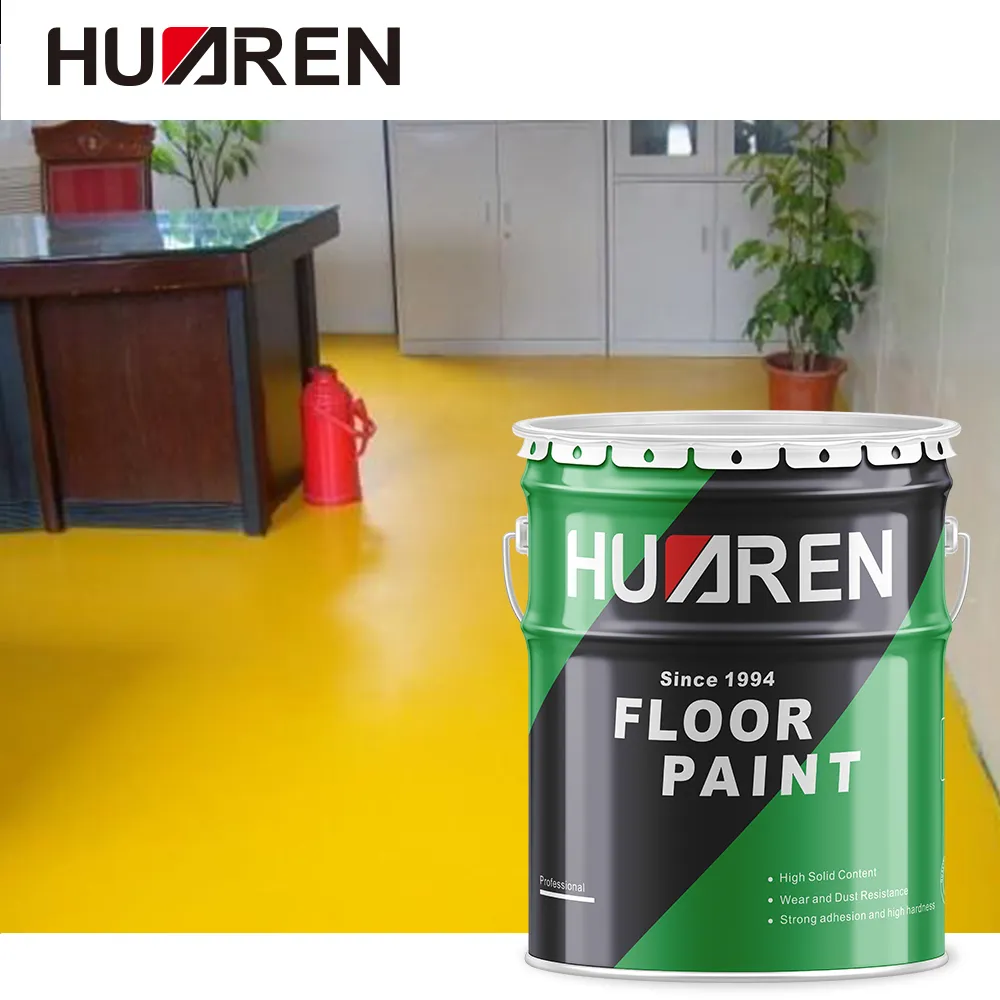Epoxy floor paint has been widely used in industrial, commercial and domestic environments. It has become a leader in floor coatings due to its excellent wear resistance, chemical resistance and aesthetics. However, the number of layers of epoxy floor paint and whether a primer is needed are the concerns of many people when choosing and applying epoxy floor paint.
This article will explore these issues in depth to help readers better understand the construction requirements and methods of epoxy floor paint.

The role and coating structure of epoxy floor paint
Before discussing the number of layers of epoxy floor paint, it is necessary to first understand the role of epoxy floor paint and its coating structure. Epoxy floor paint mainly forms a hard and durable protective film on the concrete floor by brushing, thereby improving the wear resistance, chemical corrosion resistance and aesthetics of the floor. Generally speaking, the coating structure of epoxy floor paint consists of a primer, a topcoat and an intermediate layer.
1. Primer: The main function of the primer is to enhance the adhesion between the epoxy coating and the concrete floor, close the pores on the concrete surface, prevent moisture and chemical penetration, and provide a good base for the subsequent intermediate layer and topcoat.
2. Intermediate layer: The function of the intermediate layer is to increase the thickness and wear resistance of the coating. It is usually composed of epoxy mortar or epoxy intermediate paint, which can further improve the mechanical strength and impact resistance of the floor.
3. Topcoat: The topcoat is a layer directly exposed to the air, and its main function is to provide an aesthetic appearance and chemical resistance. The topcoat usually has a high gloss, is easy to clean, and can resist corrosion from various chemicals.

How many layers of epoxy floor paint are needed?
The number of layers of epoxy floor paint varies depending on the specific application scenario, ground conditions, and expected effects. Generally, the number of coats of epoxy floor paint is between 2 and 4. The specific number of coats depends on the following factors:
Ground conditions:
If the basic conditions of the ground are good, such as a flat, solid surface and no obvious cracks, the number of coats can be reduced. If the ground condition is poor, such as obvious cracks, potholes or loose surface, more coats are needed to ensure the thickness of the coating and the flatness of the ground.
Use environment:
Different use environments have different requirements for the wear resistance and chemical resistance of the floor. In heavy industrial or chemical environments, multiple layers of brushing are usually required to enhance the durability of the floor. In light industrial or commercial environments, the number of layers of brushing can be relatively reduced.
Expected effect:
If you want to obtain higher gloss, smoother surface and stronger wear resistance, it is recommended to apply more coats, especially in the application of topcoat, which can be applied multiple times to achieve the desired effect.
What are the common brushing schemes for epoxy floor paint?
Based on the above factors, the following are several common epoxy floor paint brushing schemes:
● Light industrial or home garage floor: Generally apply 2 to 3 layers, including 1 primer and 1 to 2 topcoats. Such a coating structure is sufficient to provide good wear resistance and chemical resistance, and is suitable for environments with frequent vehicle in and out.
● Heavy industrial floor: Usually 3 to 4 layers are applied, including 1 primer, 1 to 2 intermediate layers (epoxy mortar), and 1 to 2 topcoats. This structure can withstand the pressure of heavy machinery and the erosion of various chemicals, making it an ideal choice for industrial floors.
● Commercial floor: For crowded places such as shopping malls and supermarkets, it is recommended to apply 3 layers, including 1 primer, 1 intermediate layer, and 1 topcoat. Such a coating structure can not only meet the wear resistance requirements, but also provide a beautiful surface effect.
Does epoxy floor paint need primer?
In the construction process of epoxy floor paint, the use of primer is crucial. Primer is not only to enhance the adhesion of the coating, but more importantly, it can improve the service life and overall performance of the entire floor coating. The following are the key roles of primer in epoxy floor paint:
Enhance adhesion:
Concrete floors have a certain porosity. Directly applying epoxy topcoat or intermediate layer may result in insufficient adhesion, thereby affecting the service life of the coating. Primer can penetrate into the pores of concrete to form a strong adhesion layer, providing strong support for subsequent coatings.
Seal substrate pores:
If the pores on the surface of concrete floors are not treated, they may lead to the penetration of moisture and air, which in turn may cause problems such as blistering and peeling of the coating. Primer can effectively seal these pores to prevent the influence of the external environment on the floor coating.
Prevent coating defects:
In the absence of primer, directly applying epoxy topcoat or intermediate layer may cause poor leveling of the coating, resulting in defects such as bubbles and pinholes. Primer can improve the flatness of the coating and avoid the occurrence of these defects.
Save the amount of topcoat:
Primer can seal the rough texture of the concrete surface, reduce the penetration of topcoat, and thus reduce the amount of topcoat used. This not only saves costs, but also improves the efficiency of construction.

What are the precautions in the construction of epoxy floor paint?
During the construction of epoxy floor paint, in addition to determining the number of layers to be applied and the use of primer, the following points should be noted to ensure the quality and effect of the floor coating:
Ground preparation:
Before applying epoxy floor paint, the concrete floor must be fully prepared. This includes cleaning the ground, repairing cracks and potholes, and polishing the surface. The preparation of the ground directly affects the adhesion and final effect of the coating.
Temperature and humidity control:
The temperature and humidity of the epoxy floor paint application environment have an important influence on the curing and quality of the coating. Generally speaking, the construction temperature should be kept between 10℃ and 30℃, and the relative humidity should be less than 85%. Too high or too low temperature and humidity may cause problems such as poor curing of the coating, blistering on the surface, or decreased adhesion.
Brushing interval time:
The brushing interval time between different coatings is also a key factor. Generally speaking, the intermediate layer or topcoat should be applied within 24 hours after the primer is cured. If the interval time is too long, it may cause the adhesion between the coatings to decrease, affecting the overall effect.
Selection of construction tools:
When applying epoxy floor paint, the selection of construction tools is also very important. Commonly used tools include rollers, scrapers and spray guns. Different tools are suitable for different coating thicknesses and construction requirements, and the appropriate tools should be selected according to the actual situation.
Curing and maintenance:
The curing time of epoxy floor paint is usually 24 to 72 hours. During the curing period, people should avoid walking or heavy objects on the floor to avoid affecting the quality of the coating. After the curing is completed, proper maintenance is required to ensure that the coating achieves the best physical and chemical properties.

Summary
As a high-performance floor coating, epoxy floor paint is widely used in industrial, commercial and domestic environments. The number of layers applied is usually between 2 and 4, depending on the ground conditions, the use environment and the expected effect. Primer plays a key role in the construction of epoxy floor paint, which can significantly improve the adhesion, sealing and durability of the coating. Through reasonable construction technology and correct coating selection, epoxy floor paint can not only provide long-term protection for the ground, but also improve the beauty and use value of the ground.

